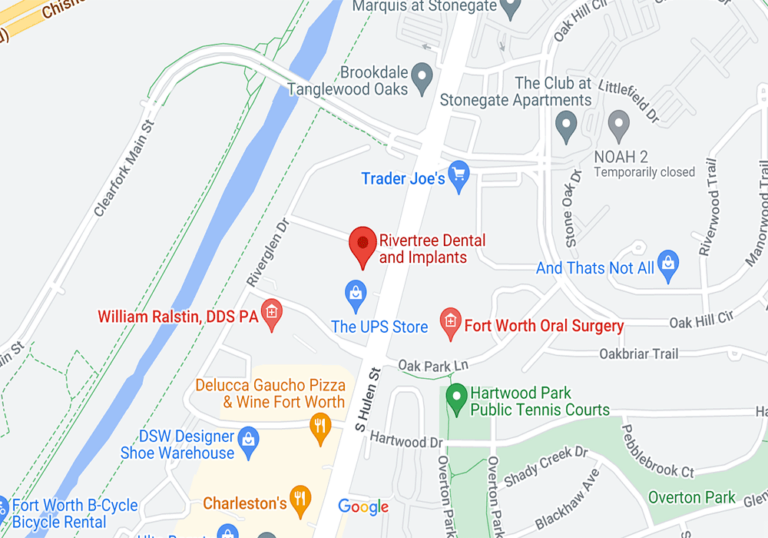Periodontal Disease Treatment (Gum Disease)
RiverTree Dental and Implants provides periodontal services for all stages of gum disease to restore your oral health. Gum disease is a serious condition that can affect anyone.
Periodontal Disease
Our team tries to treat any gum infections we encounter quickly before they have a chance to cause more serious problems. You can rest assured that if we notice a problem with your gums, we’ll deal with it right away:
- Often, we use a treatment called scaling and root planing. This is a two-step deep cleaning procedure. First, we remove tartar buildup on the roots of your teeth below your gumline. Then, we will smooth the surface of the tooth roots so the tooth can reattach to the gums more easily.
- We can also prescribe an antibiotic to kill off any lingering bacteria.
If the thought of treatment makes you anxious, you can receive dental sedation to make sure you feel at ease and that your procedure is pain-free all the way through. You don’t have to wait until you see the telltale signs of early-stage gum disease (commonly called gingivitis). Instead, be proactive and come see us at RiverTree Dental and Implants for a routine exam and gum disease treatment.
More Questions?
If you have any questions about periodontal disease (gum disease) treatment please contact our office and we will be happy to answer any questions.

